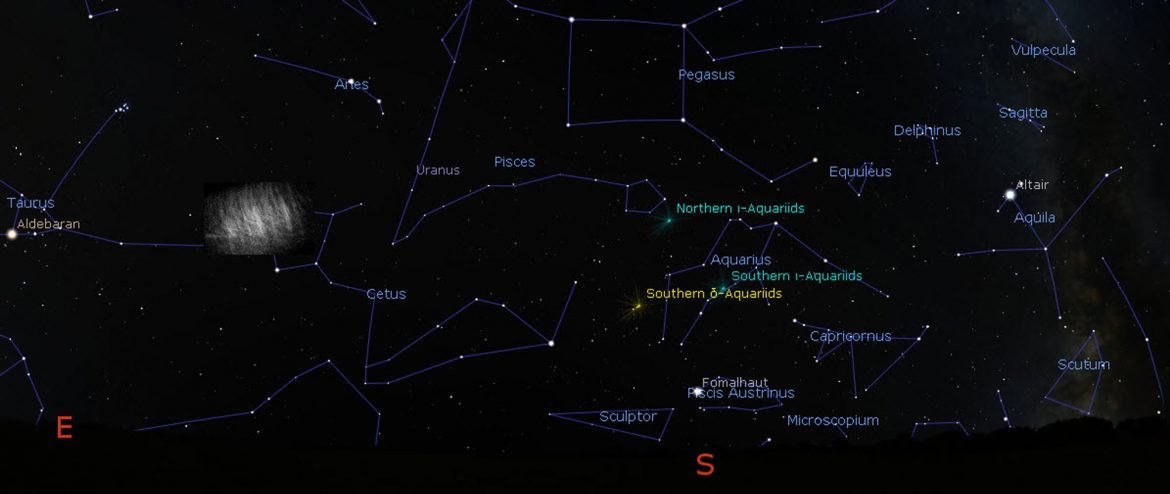Everyone knows Earth has only one moon — or is it three? Astronomers in Hungary say they’ve detected a pair of what some call “ghost moons” orbiting our planet not far from the moon we all know.
The hazy clouds of dust — tens of thousands of miles across but too faint to be seen with the naked eye — were first detected almost 60 years ago by a Polish astronomer, Kazimierz Kordylewski. But the patches of light he found were too indistinct to convince some scientists that the clouds were really there, and the existence of the “Kordylewski clouds” has long been a matter of controversy.
Now the astronomers, Gabor Horvath and Judit Sliz-Balogh of Eötvös Loránd University in Budapest, have obtained clear evidence of the clouds using a specially equipped telescope in a private observatory in western Hungary.
In the new images, published Oct. 2 in the journal Monthly Notices of the Royal Astronomical Society, the so-called Kordylewski clouds appear as indistinct patches of light against the darkness of space — though they show up clearly in an artist’s rendering that greatly exaggerates their brightness.
“Think of them like the cloud of dust you get when a car drives down a dirt road,” astronomer Phillip Plait, who writes the popular Bad Astronomy blog, told NBC News MACH in an email. “So they’re not really ‘moons’ in the usual sense.”
The Kordylewski clouds orbit Earth at roughly the same distance as the moon — about 250,000 miles away. One cloud orbits ahead of the moon and the other behind in specific regions of the sky where Earth’s gravitational pull is canceled out by the moon’s. Known as Lagrange points, these regions act as “gravitational vacuum-cleaners,” collecting dust and gas that can persist for decades, Horvath said in an email.
“The idea here is that when you have a biggish object, like the Earth, orbited by a smaller one, like the moon, there are regions of space where the centrifugal force balances gravity,” Plait said. “Put a much smaller object there, and it’ll stay there for a long time.”
Just how long remains uncertain. Though the clouds seem to have been in existence at least since 1961, when Kordylewski first detected them, some researchers say these dusty clouds could dissipate in coming years. As Miki Nakajima, a planetary scientist at the University of Rochester, put it, “These clouds are transient.”
By Shoshana Wodinsky, NBC News

